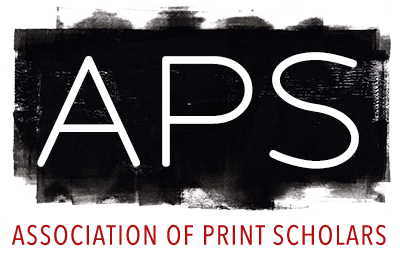Exhibition Information
Posted: 03/07/2017
Posted by: Association of Print Scholars
Looking North and South: European Prints and Drawings, 1500– 1650
The Clark Art Institute,
Williamstown,
MA, United States.
03/05/2017 -
05/29/2017.
Many artists working in Europe in the sixteenth and seventeenth centuries contributed to a fascinating and rich period of artistic exchange. Northern artists (predominantly those in the Netherlands and Germany) traveled increasingly to sites in southern Europe (Italy in particular) during this time, and responded in profound ways to Italian art and antique sculpture. The circulation of artistic ideas, practices, and traditions resulted in a dialogue of inspiration and innovation across the continent. This exhibition explores the character of artistic exchange between the north and south through the production of prints, drawings, and books from about 1500 to 1650. It considers how artists responded to the work of their contemporaries in different regions of early modern Europe, revealing intersections and divergences in artistic production and the important role played by works on paper—portable and more affordable than painting—in shaping the exchange of ideas.
The works in this exhibition, selected from the Clark’s permanent collection, demonstrate the breadth and depth of these artistic achievements. They allow for new considerations of artists’ approaches to drawing practices and education, depictions of the body and narrative subjects, and the dynamics of printmaking and artistic collaboration. Prints moved easily across large geographical distances, passing through the hands of artists and collectors and making ideas and artistic forms available to wide audiences. Drawings—from the highly finished to the loosely executed—offer insight into artists’ working processes and creativity. Together these works highlight the complexity of artistic exchange and encourage us to think in more connected ways about mobility and meaning when looking between north and south.
The works in this exhibition, selected from the Clark’s permanent collection, demonstrate the breadth and depth of these artistic achievements. They allow for new considerations of artists’ approaches to drawing practices and education, depictions of the body and narrative subjects, and the dynamics of printmaking and artistic collaboration. Prints moved easily across large geographical distances, passing through the hands of artists and collectors and making ideas and artistic forms available to wide audiences. Drawings—from the highly finished to the loosely executed—offer insight into artists’ working processes and creativity. Together these works highlight the complexity of artistic exchange and encourage us to think in more connected ways about mobility and meaning when looking between north and south.
